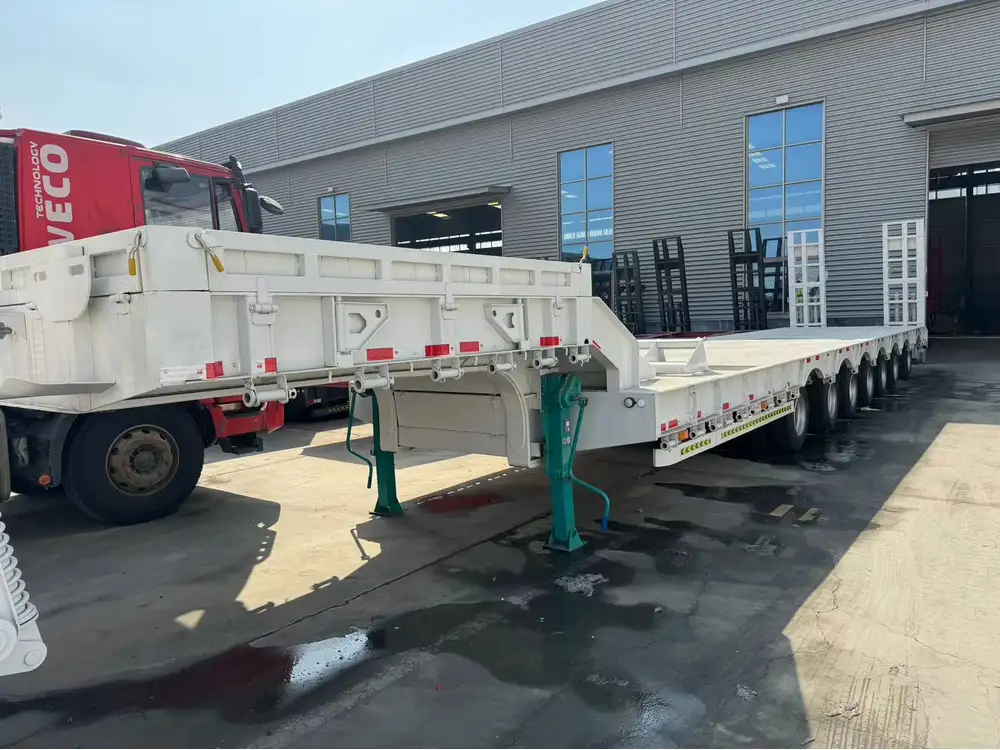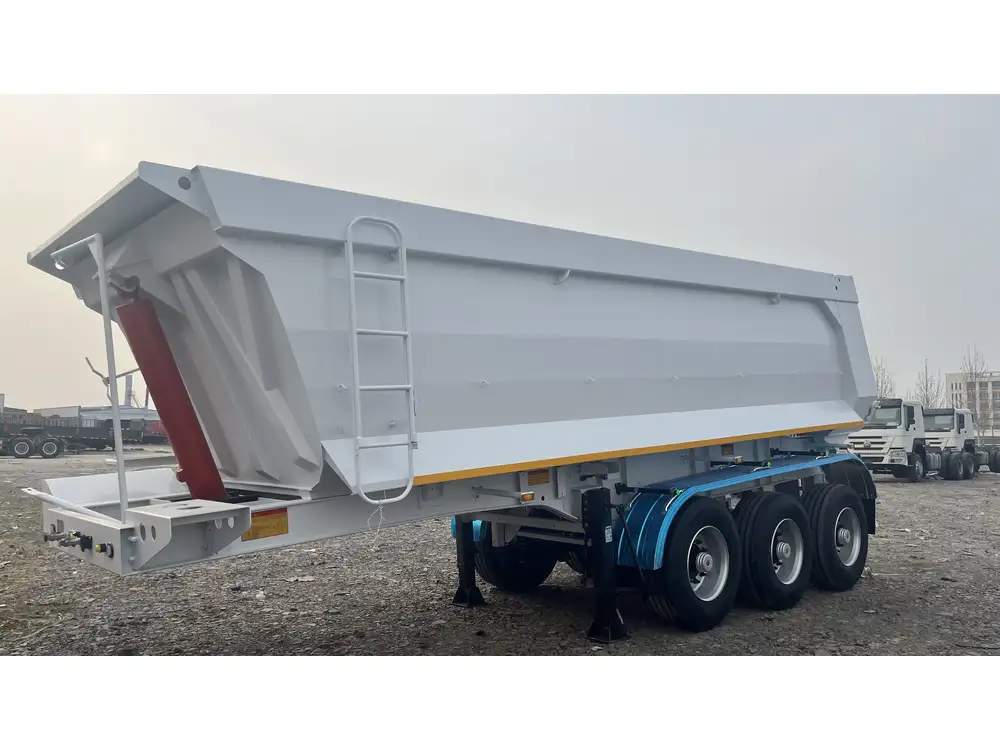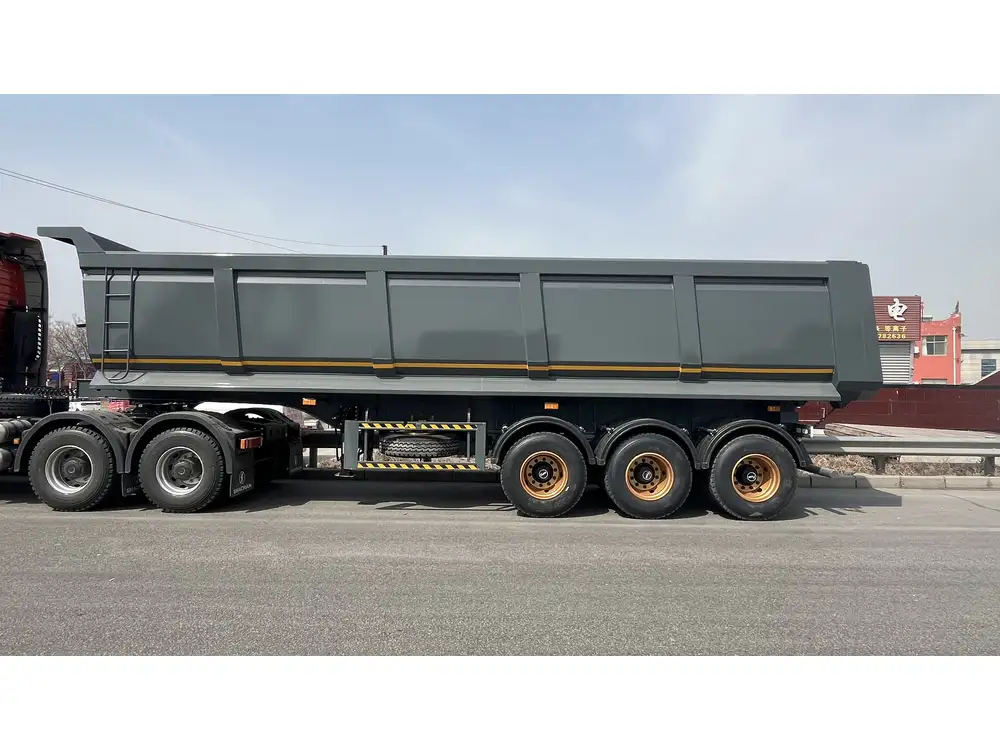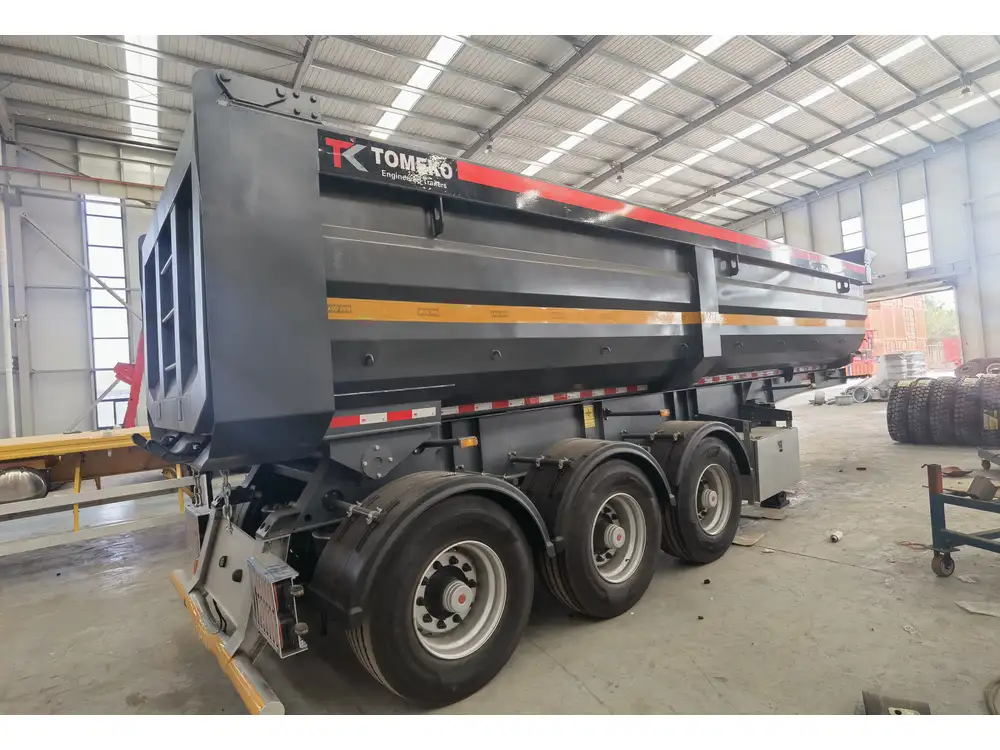Car hauler trailers have become essential tools for transporting vehicles safely and efficiently. With the increasing demand for automotive shipping, understanding the carrying capacity of various types of car hauler trailers is crucial for both manufacturers and end-users. In this comprehensive article, we will explore the factors that influence the capacity of car hauler trailers, the types of trailers available, and crucial considerations for ensuring safe and effective transportation.
1. The Basics of Car Hauler Trailers
1.1 What is a Car Hauler Trailer?
A car hauler trailer is specifically designed for the transportation of vehicles. They come in different designs and configurations, including open trailers, enclosed trailers, and multi-car hauler both for personal and commercial use.

1.2 Types of Car Hauler Trailers
Open Car Hauler Trailers: Typically used for transporting cars and smaller vehicles, these trailers feature a flatbed design with no sides or roof, making loading and unloading easy.
Enclosed Car Hauler Trailers: Providing greater protection against the elements, these trailers have sides and a roof, making them suitable for luxury or classic cars that require additional security.
Multi-Car Trailers: Designed for commercial purposes, these trailers can transport multiple vehicles simultaneously, making them ideal for car dealerships or auctions.
2. Factors Influencing Car Hauler Trailer Capacity
The carrying capacity of a car hauler trailer does not solely depend on its size; various factors play a crucial role in determining how much a car hauler trailer can safely carry.
2.1 Trailer Weight Rating
Gross Vehicle Weight Rating (GVWR): This is the maximum weight the trailer can safely handle, including its own weight and the weight of the vehicles loaded onto it.
Payload Capacity: It refers to the actual weight of the vehicles that can be carried after accounting for the trailer’s weight. To calculate payload capacity, subtract the trailer’s weight from the GVWR.

2.2 Types of Vehicles Transported
The type of vehicles being transported significantly impacts how much can be carried. For instance:
| Vehicle Type | Average Weight (lbs) |
|---|---|
| Compact Cars | 2,500 |
| Midsize Sedans | 3,000 |
| SUVs | 4,000 |
| Pickup Trucks | 5,500 |
| Luxury Sedans | 4,500 |
Understanding the weight of the vehicles to be transported will help in determining how many cars can be put on a given trailer while not exceeding its payload capacity.
2.3 Trailer Dimensions
Length: Standard open car haulers can range from 16 to 30 feet long. A longer trailer provides more space for additional vehicles.
Width: Most car haulers have a width of about 7 to 8 feet, accommodating a variety of vehicle sizes.
Height and Loading Ramp: The height and incline of the loading ramp also affect loading ease and stability, especially when loading low-ride vehicles like sports cars.
2.4 Material and Construction
The materials used in constructing car hauler trailers affect their overall weight and durability. Aluminum trailers, for example, are lightweight yet robust, allowing for higher payload capacities than their steel counterparts.

3. Calculating the Payload Capacity: A Step-by-Step Guide
Step 1: Determine the GVWR
Find the GVWR, usually stamped on the trailer. For example, a common GVWR might be 7,500 lbs.
Step 2: Identify the Trailer Weight
Weigh the empty trailer. An aluminum car hauler may weigh around 3,000 lbs, while a steel option could be closer to 4,000 lbs.

Step 3: Calculate the Payload Capacity
Using the values from the previous steps:
[ \text{Payload Capacity} = \text{GVWR} – \text{Trailer Weight} ]For example:
- GVWR: 7,500 lbs
- Trailer Weight: 3,000 lbs
Step 4: Calculate the Number of Cars
Using the average weight of the vehicles you plan to haul, you can then determine how many cars the trailer can carry. For instance, if the average car weighs 3,000 lbs, you could calculate:
[ \text{Number of Cars} = \frac{\text{Payload Capacity}}{\text{Average Car Weight}} ]In our example:
[ \text{Number of Cars} = \frac{4,500 \text{ lbs}}{3,000 \text{ lbs}} \approx 1.5 ]This means you can safely transport one midsize sedan or one compact car and potentially a smaller vehicle.
4. Safety Considerations in Car Hauling

4.1 Load Distribution and Stability
Proper load distribution is essential for safe transport. Uneven weight distribution can lead to trailer sway and loss of control while driving. Here are some tips for proper load balancing:
- Position the heaviest vehicle over the trailer’s axles.
- Secure lighter vehicles in tandem with heavier ones to maintain equilibrium.
- Use tie-down straps to minimize movement of the vehicles during transit.
4.2 Braking and Vehicle Performance
When considering payload, understanding the braking capabilities of both the tow vehicle and trailer is crucial. A fully loaded trailer affects stopping distances and maneuverability. Here’s what to consider:
- Ensure the tow vehicle has sufficient towing capacity.
- Use a brake controller for trailers exceeding certain weights to support braking.
- Regularly inspect brake systems for wear and functionality.
4.3 Weather Conditions
Weather plays an important role in transporting vehicles. Rain, snow, or fog can reduce visibility and traction, increasing the risk during transportation. Always monitor forecasts and prepare to adjust loading and driving practices accordingly.

5. Selecting the Right Car Hauler Trailer for Your Needs
Choosing the right car hauler trailer isn’t merely about size; it’s about matching the trailer’s specifications to your needs. Here are key considerations when making a selection:
5.1 Purpose of Use
- Retail Dealerships: High-capacity multi-car haulers would be ideal for transporting inventory.
- Individuals: A compact open trailer may suffice for occasional transport.
- Enthusiast Collectors: An enclosed trailer can protect prized vehicles from the elements and scrutiny.
5.2 Frequency of Use
If you are hauling frequently, investing in a higher quality trailer that can endure the strain of regular use is critical.

5.3 Budget Constraints
Costs can vary significantly based on size and features. Always weigh the benefits of enhanced features against your budget.
| Feature | Importance | Budget Impact |
|---|---|---|
| Enclosure | Protection from elements | Higher cost |
| Weight Distribution System | Safety and stability | Moderate increase |
| Adjustable Ramps | Versatility for loading | Small additional cost |
Conclusion
In summation, car hauler trailers are indispensable tools in the vehicle transport industry, with diverse capacities shaped by several factors—from weight ratings and design to the vehicles they carry. Understanding the relationship between trailer weight, payload capacity, and safety is essential for both manufacturers and consumers. By carefully evaluating needs and circumstances, selecting the right trailer becomes a manageable task that ensures safe and effective transportation of vehicles across various scenarios.
Car hauler trailers offer a vital service in today’s fast-paced world, enabling efficient logistics while fulfilling the individual and commercial demand for vehicle transport. Whether it’s an efficient multi-car hauler for a car dealership or an enclosed trailer for a classic car enthusiast, making informed decisions will ensure that each transportation need is met safely and effectively.
By understanding how much a car hauler trailer can carry, we empower ourselves with the knowledge to navigate the complexities of vehicle logistics confidently.



